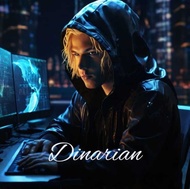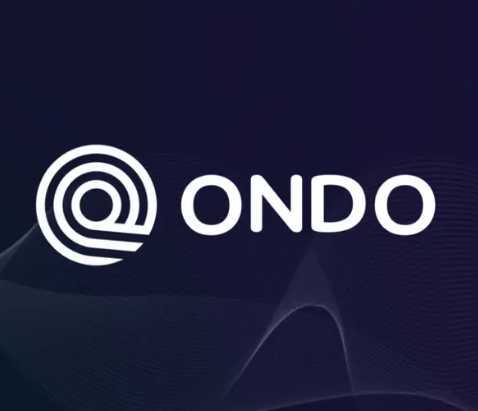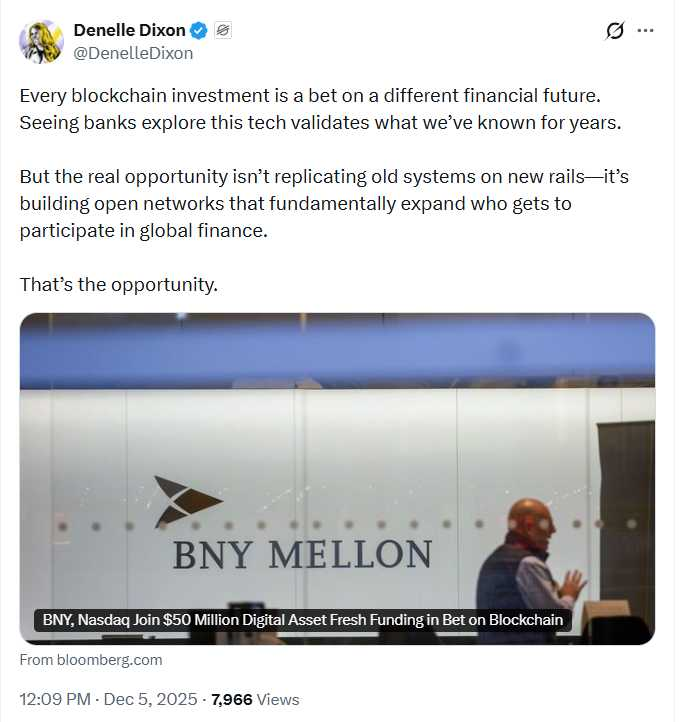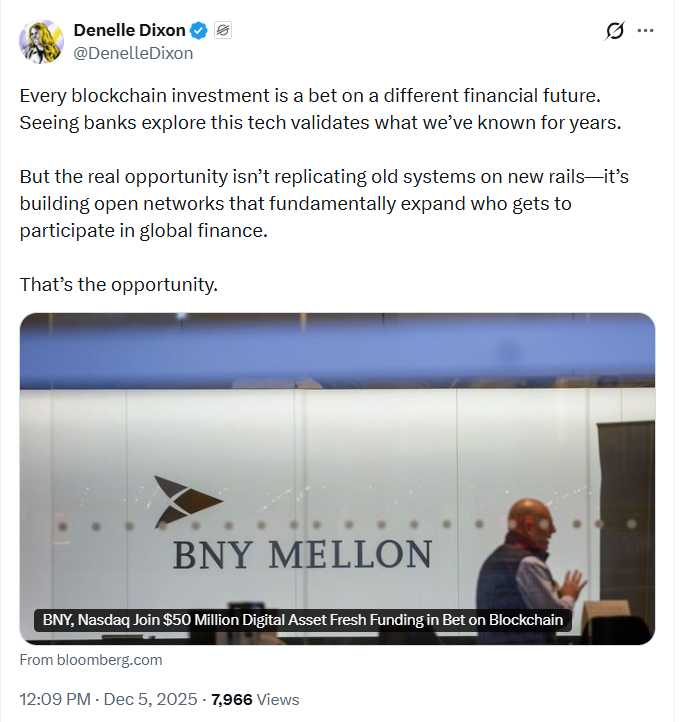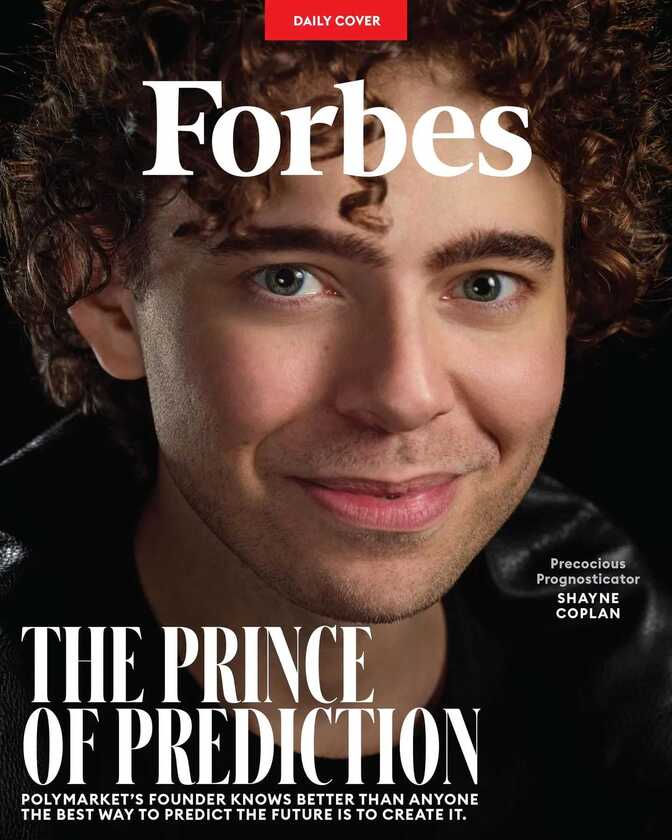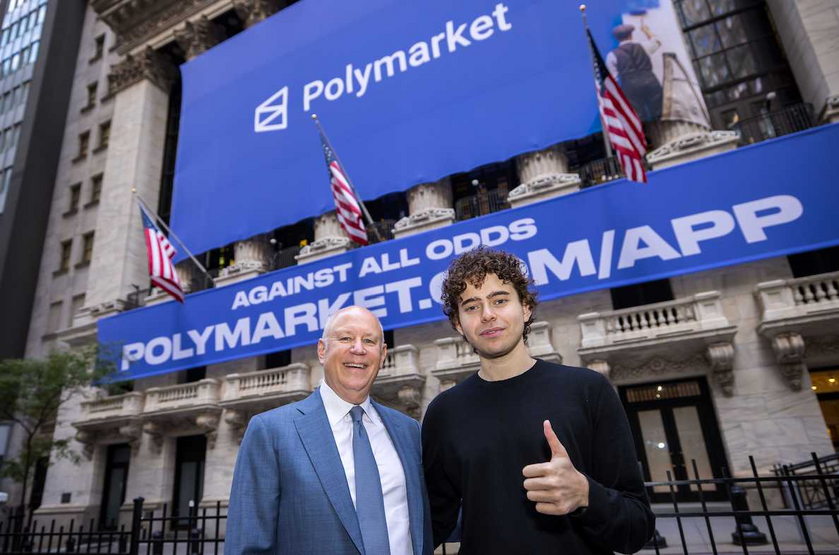As the digital asset landscape continues to evolve at a rapid pace, it's essential to stay up-to-date on the latest developments and trends. From the rise of decentralized finance (DeFi) to the growing adoption of tokenization in traditional industries, the world of digital assets is abuzz with activity. In this roundup, we'll be summarizing the most significant headlines and stories from the past 24 hours, covering everything from market movements and regulatory updates to innovative new projects and partnerships.
Whether you're an investor, entrepreneur, or simply a curious observer, this roundup aims to provide a concise and informative snapshot of the digital asset ecosystem, helping you stay ahead of the curve and informed about the latest advancements in this exciting and rapidly changing space.:
- Digital asset bank Sygnum raises $58m funding at unicorn valuation (Ledger Insights)
- Sony announces launch of blockchain (Ledger Insights)
- Bank of England provides CBDC update plus plans for Digital Pound Lab (Ledger Insights)
- Circle publishes USDC stablecoin annual report (Ledger Insights)
- Italy’s Intesa Sanpaolo buys €1 million Bitcoin for own account. Banks aren’t likely to hold lots of crypto for themselves because of Basel rules
- BIS Innovation Hub announces its plans for 2025.
- Hong Kong (HKMA) publishes plans for bank exposures to crypto-assets 1 2 3 4
- MoonPay acquires crypto payment processor HelioPay for $175m
- Chainalysis buys fraud detection firm Alterya
- BISON app, the German crypto trading app from Boerse Stuttgart, has partnered with Deutsche Bank to look after cash balances
- Crypto court ruling against SEC: Court finds partially in favor of Coinbase. The crypto exchange petitioned the SEC to create rules clarifying application of securities laws to crypto. SEC refused. The court found “SEC’s order was conclusory and insufficiently reasoned, and thus arbitrary and capricious.” So instructs the SEC to provide a proper explanation. At this stage it is not ordering the SEC to institute rulemaking proceedings.
- The Tether stablecoin plans to relocate to El Salvador after receiving a license as digital asset service provider
- NY Department of Financial Services (NYDFS) starts staff secondment program with Bank of England. Initial staff exchange is for six months+ with expertise in digital payments, distributed ledger technology, virtual currency, or digital assets.
- FIDO identity privacy vulnerability
And that's a wrap on today's roundup of tokenization and digital asset headlines! As we look to the future, it's clear that the digital asset landscape is poised for continued growth and innovation. From the increasing adoption of tokenization in traditional industries to the ongoing development of decentralized finance (DeFi) protocols, there's no shortage of exciting developments on the horizon. Whether you're an investor, entrepreneur, or simply a curious observer, we hope this roundup has provided you with a valuable snapshot of the current state of the digital asset ecosystem. Stay tuned for more updates, insights, and analysis from our team, and don't forget to follow us for the latest news and trends in the world of tokenization and digital assets!
